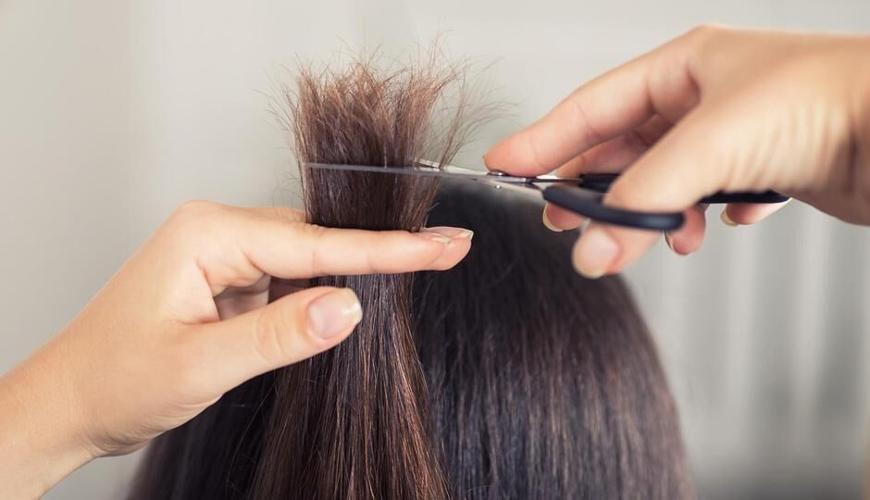
Have you ever noticed your hair looking dull and feeling brittle? You're not alone. Many people struggle with damaged hair and are seeking solutions for hair breakage repair. This article will guide you through simple, effective steps to mend your strands and bring back their natural shine. Say goodbye to broken, weak hair and hello to healthier locks by learning how to restore and protect your hair from further damage.
Gentle Hair Care Routine
A gentle hair care routine is essential for maintaining healthy hair. Start by using a mild shampoo and conditioner that is free from harsh chemicals. Avoid washing your hair with hot water, as it can strip away natural oils. Another important tip is to limit the use of heat-styling tools, such as blow dryers and flat irons. Always use a heat protectant if you must style your hair with heat. If you've ever wondered, "Why can I see my scalp through my hair?" it might be due to excessive breakage or thinning, which a gentle routine can help prevent.
Deep Conditioning Treatments
Deep conditioning treatments are essential to repair damaged hair. These treatments penetrate deep into the hair shaft, providing intense moisture and nourishment. Regular use of deep conditioners can help restore your hair's natural elasticity and shine. For best results, use a deep conditioning treatment once a week. Leave the product in your hair for the recommended time, usually around 15-30 minutes, before rinsing thoroughly with lukewarm water.
Avoid Chemical Treatments
To maintain healthy hair, it's important to avoid chemical treatments such as perming, relaxing, and dyeing. These treatments can weaken the hair shaft, making it more prone to breakage and split ends. Instead, embrace your natural hair texture and color to minimize damage. If you must undergo a chemical treatment, ensure it is done by a professional to reduce risks. After the treatment, give your hair extra care with regular conditioning and moisturizing to help repair any damage.
Protective Hairstyles
Protective hairstyles help prevent hair breakage and protect your strands from external damage. These hairstyles include braids, twists, and buns, which keep the hair tucked away and reduce friction with clothing. By minimizing manipulation, protective hairstyles allow the hair to grow healthier and stronger. It's important to not keep protective styles for too long, as this can lead to tangling and matting. Be sure to give your hair breaks between styles and maintain a good moisturizing routine.
Regular Trims
Regular trims are essential for maintaining healthy hair. They help remove split ends and prevent further hair breakage. Aim to trim your hair every 6-8 weeks to keep it looking fresh and healthy. Skipping regular trims can cause split ends to travel up the hair shaft, resulting in more damage. Consistent trimming promotes new hair growth and ensures your hair stays strong and vibrant.
Unlock the Secret to Flawless Locks with Hair Breakage Repair Solutions

By adopting a gentle hair care routine, indulging in deep conditioning treatments, avoiding chemical processes, and embracing protective hairstyles, your journey to healthier hair becomes straightforward. Remember to trim your hair regularly to prevent split ends.
These steps collectively aid in hair breakage repair, allowing your hair to regain its natural beauty. Stay committed to these hair care tips, and over time, you will notice stronger, shinier, and more resilient locks. We hope you found this article helpful. If you did, be sure to check out our blog for more great content like this.



(0) comments
We welcome your comments
Log In
Post a comment as Guest
Keep it Clean. Please avoid obscene, vulgar, lewd, racist or sexually-oriented language.
PLEASE TURN OFF YOUR CAPS LOCK.
Don't Threaten. Threats of harming another person will not be tolerated.
Be Truthful. Don't knowingly lie about anyone or anything.
Be Nice. No racism, sexism or any sort of -ism that is degrading to another person.
Be Proactive. Use the 'Report' link on each comment to let us know of abusive posts.
Share with Us. We'd love to hear eyewitness accounts, the history behind an article.